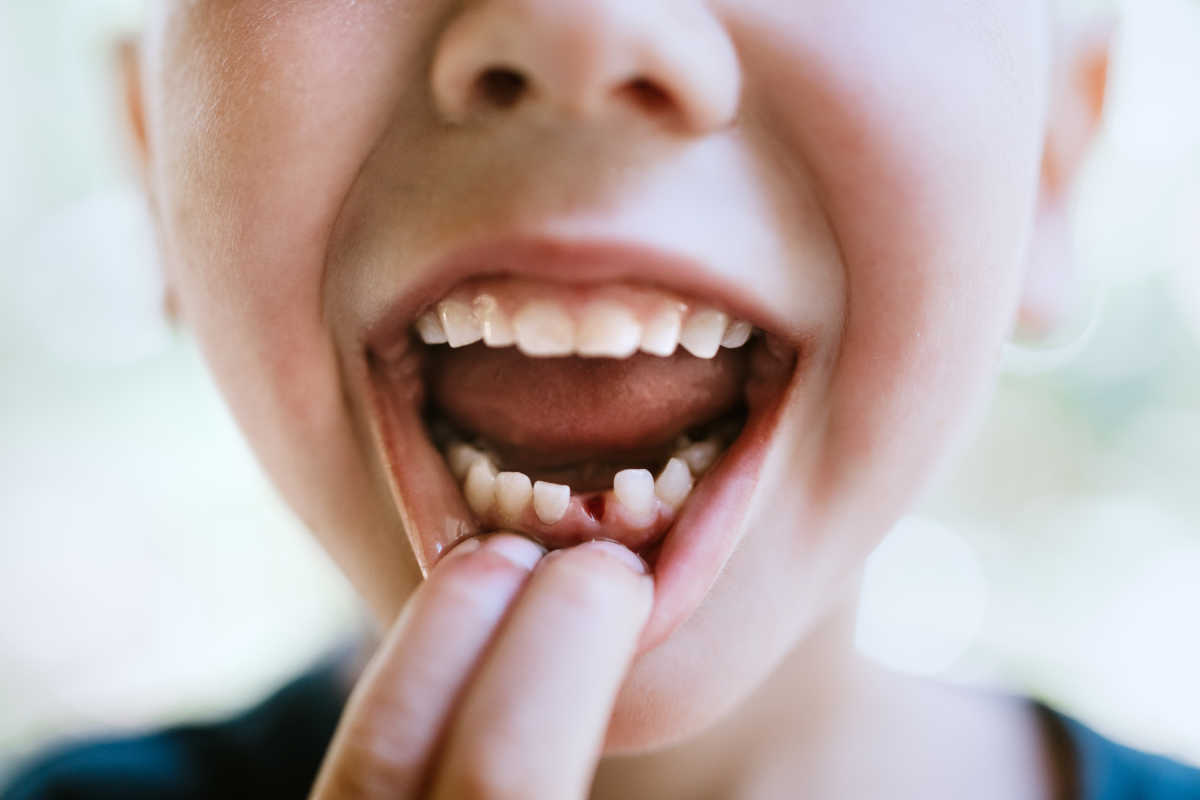It is considered something of a rite of passage for children all across the world to lose their first teeth. It’s a sign that you’re maturing and expanding in size! Congratulations! And if your household is like a lot of others, it also means that the “tooth fairy” will leave a small amount of money under your pillow when you wake up in the morning.
If you were to grow up and have children of your own, you might have even played the part of the tooth fairy by putting some money under your children’s pillows on the night that they lost their first tooth as a way to commemorate this momentous occasion in their lives.
However, once you have exchanged the tooth for the dollar, what do you do with the tooth that you no longer need? Although some people save them as tokens of sentimental value, the majority of people just throw them away. After all, what use is there for a baby tooth once it has fallen out?
Well, as it turns out, quite a lot.
A study conducted in 2003 demonstrated that primary teeth are an abundant source of stem cells. Stem cells are analogous to protocells in that they have the potential to develop into a wide variety of different cell types.
This indicates that the stem cells extracted from a child’s newborn teeth can be used to generate the replacement tissue if, at a later point in their lives, the child requires replacement tissue for whatever reason. Amazing to say the least!
Keeping infant teeth for future use as medicine has the potential to not only save lives but also treat a wide range of conditions. Continue reading to find out more about this incredible procedure.
The process through which children shed their primary teeth, also known as their deciduous teeth, is universally recognized as a significant life event. According to research conducted at the Children’s Hospital of Wisconsin, the majority of children lose their first baby tooth around the age of six and their last baby tooth around the age of twelve.
The majority of us can recall that first tiny wiggle that let us know a change was coming, and then the strange absence of a tooth when it finally fell out. Those are the two things that stick out most vividly in our memories. But what is it that sticks out in our minds the most? The possibility of receiving a monetary gift from the tooth fairy if they keep their teeth! The custom of the tooth fairy can be traced rather far back in time (some believe the idea of a tooth fairy dates back to the 13th century).
Some people believe that it originated in ancient Norse society, when it was believed that keeping one’s baby teeth brought good luck.
Traditions specific to the keeping of infant teeth can also be seen in other cultures all across the world. Children in certain cultures are taught to toss or drop their baby teeth when they are done with them. Children in several other cultures are taught to bury their first teeth.
It seems that keeping one’s baby teeth really can be lucky, but in a more scientific sense. According to the findings of a study that was conducted in 2003, infant teeth do, in fact, include stem cells, which, provided that they are frozen as soon as possible after they are lost, can be saved for a number of years and used in the event that one develops a medical condition later in life.
It’s quite nice to get a dollar or two from the tooth fairy in exchange for a baby tooth, but how about the possibility of growing new heart cells from an old tooth? That is just remarkable.
Maintaining the newborn teeth in a state of freshness is necessary in order to protect the stem cells. Over time, just like everything else, stem cells degenerate and lose their ability to function normally.
Unfortunately, putting your child’s baby teeth in a container won’t be enough to prevent them from falling out.
Instead, parents can use services such as Store-A-Tooth to properly maintain their children’s teeth in the event that they lose them. In order to make use of the Store-A-Tooth service, you will need to make arrangements with your child’s dentist well in advance of the time when their teeth will fall out.
Your child’s dentist will coordinate with the people who work at Store-A-Tooth to ensure that the teeth are transported securely to the facility where the stem cells will be preserved for potential use in the future (though we certainly hope that won’t be the case).
After being removed from the tooth, the stem cells are deposited in a cryopreservation vault filled with liquid nitrogen. Here, they will remain unharmed and useable for a considerable amount of time.
In the event that the child will require their stem cells in the future, the samples will be removed from storage and delivered to the child’s physician.
Store-A- Tooth may be a bit of an investment, but the peace of mind that comes from knowing that your child’s stem cells will always be available in the event of a medical emergency makes it well worth the cost. In addition to this, your children are likely to think it’s very cool that their teeth are kept in a safe.
It would appear that all of the different civilizations throughout the world that have beliefs regarding the power of baby teeth were, in a bizarre manner, truly onto something!
Visit the website of Store-A-Tooth for additional information if you are interested in learning more about preserving baby teeth for your children or grandchildren in the future.
Remember to keep this fascinating company in mind the next time one of your child’s teeth falls out.








